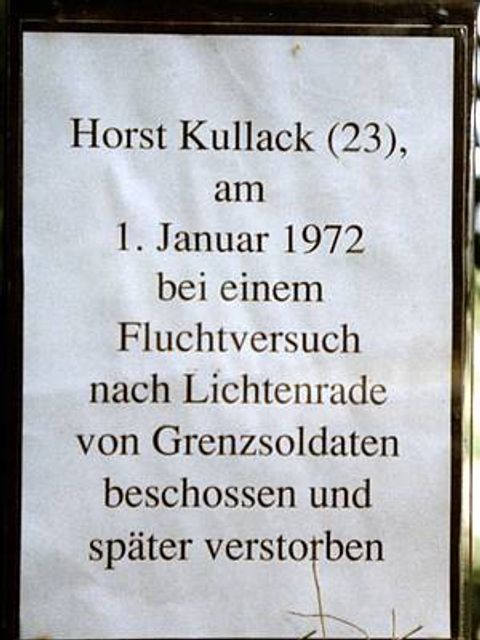About the route: This section of the Wall Trail is 16 kilometers long, making it best suited for cyclists. If you would like to break your tour along the way, you can shorten the trip by about a third by turning off to the Lipschitzallee subway station. Unfortunately, you will need to make a wide detour around the border strip between Schönefelder Strasse and Kleinziethener Weg at “Dörferblick,” the former garbage dump, since the path planned for this section has not yet been completed. West of Kirchhainer Damm, the trail will take you along Paplitzer Strasse, Petkusser Strasse, Horstwalder Strasse, and Hilbertstrasse to the Lichtenrade S-Bahn station (about 1.5 kilometers). Routing the trail across the old Dresdner Bahn railroad and the S-Bahn tracks where the border strip once lay has not yet been possible, so cyclists and hikers need to take Paplitzer Strasse, Petkusser Strasse, and Horstwalder Strasse to use the underpass to the north on Wolziger Zeile.





